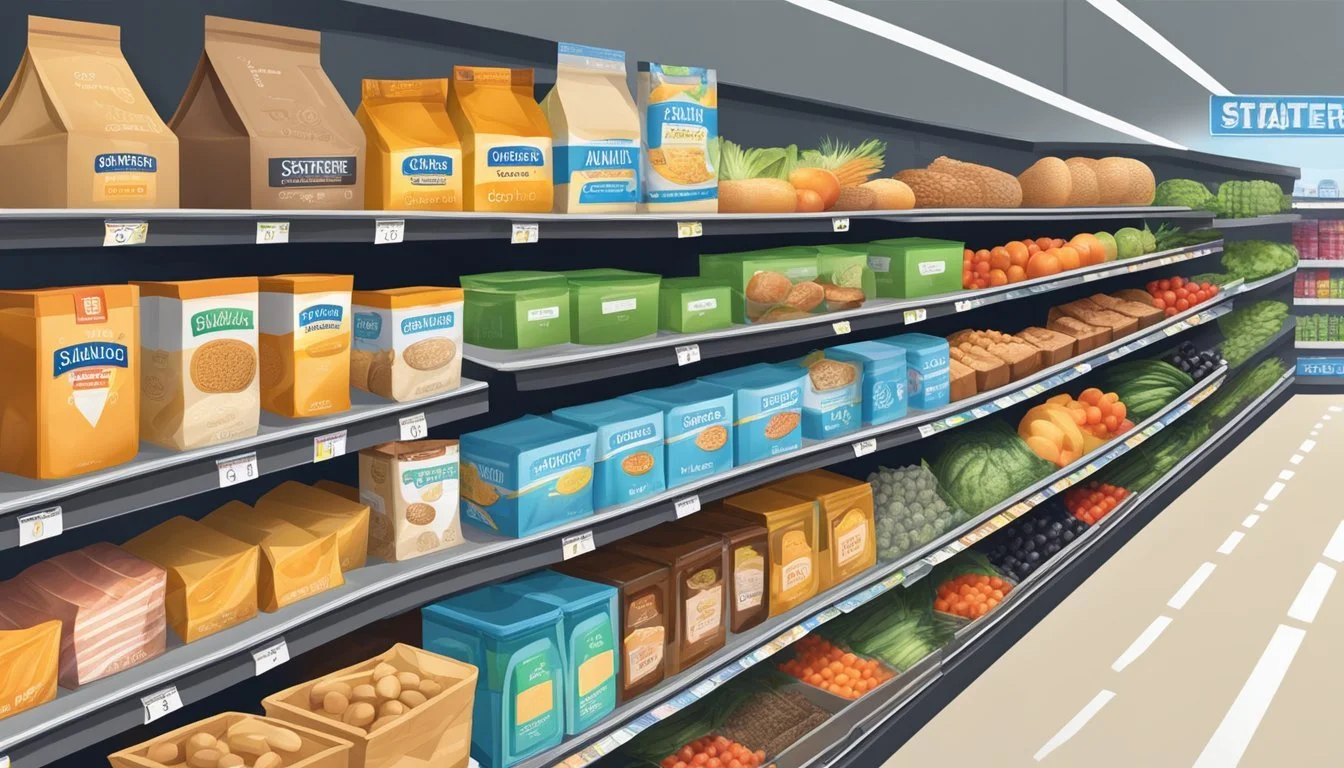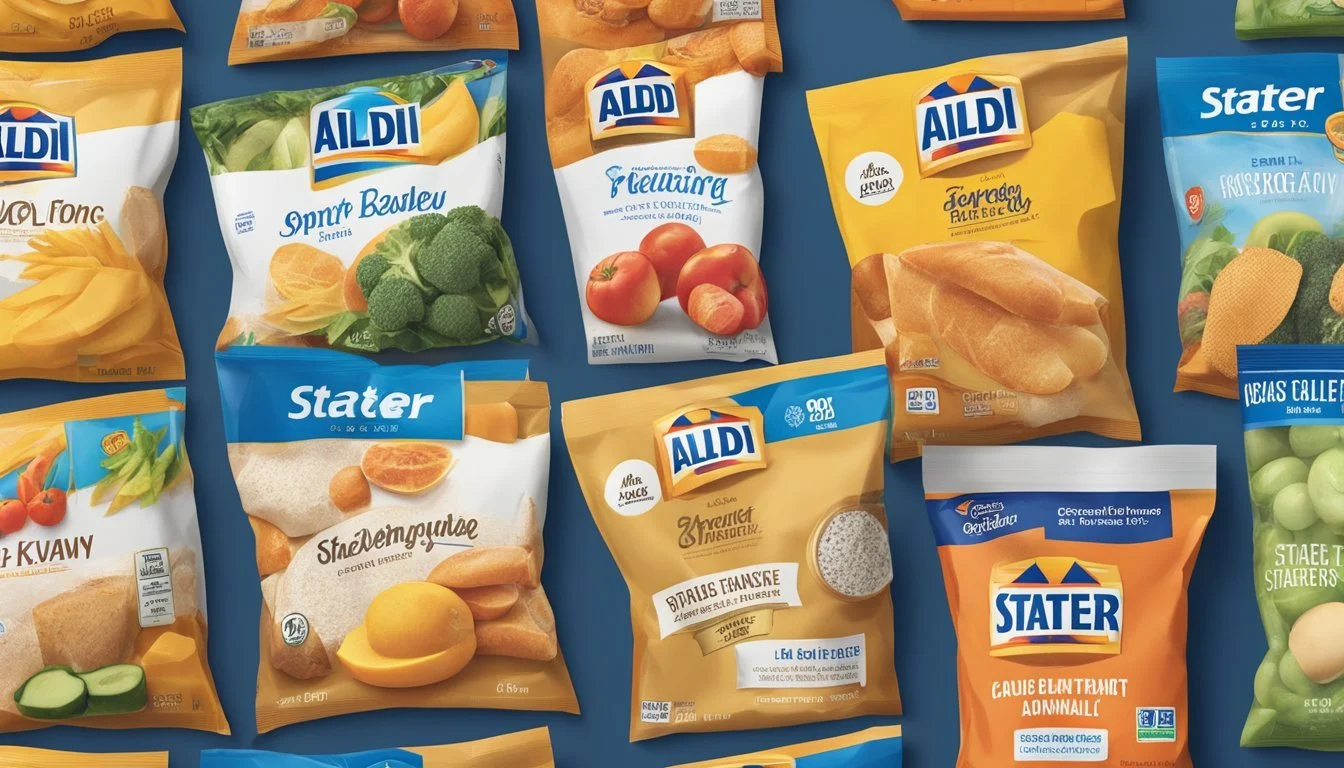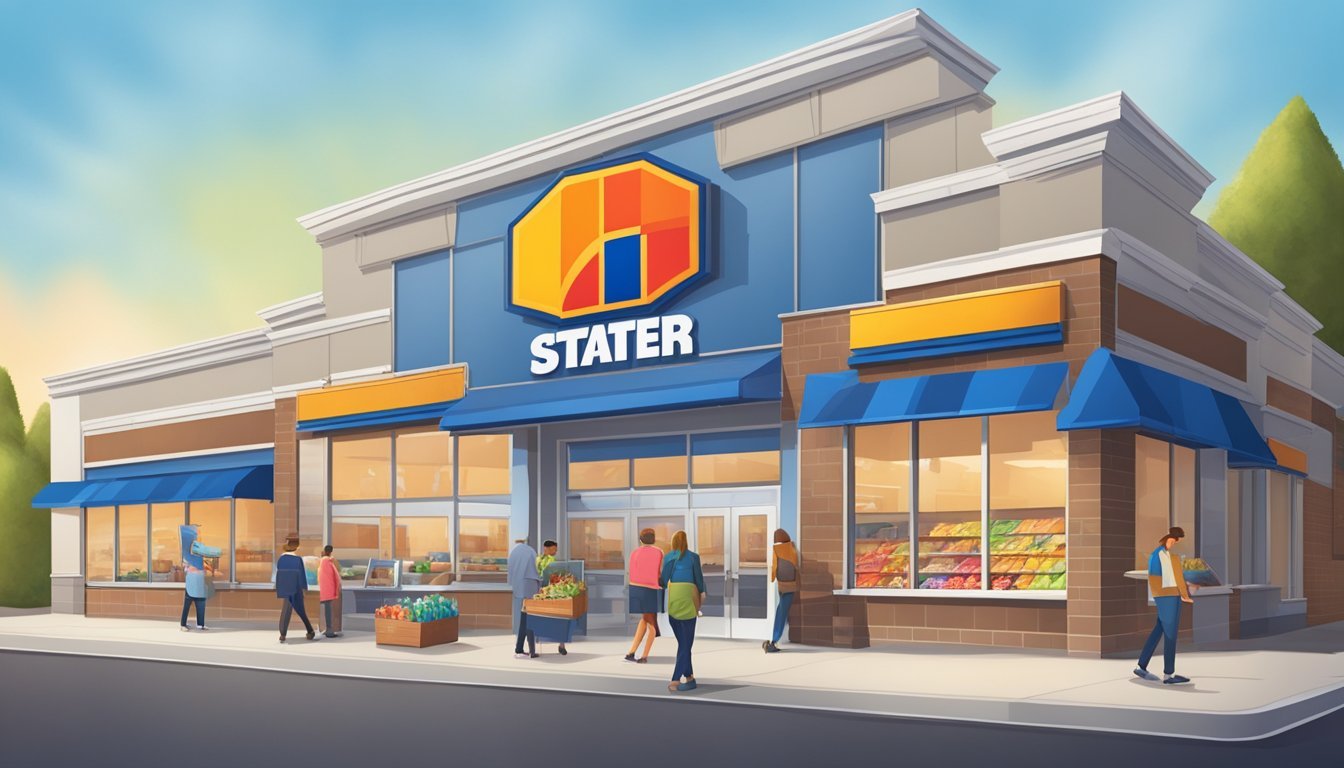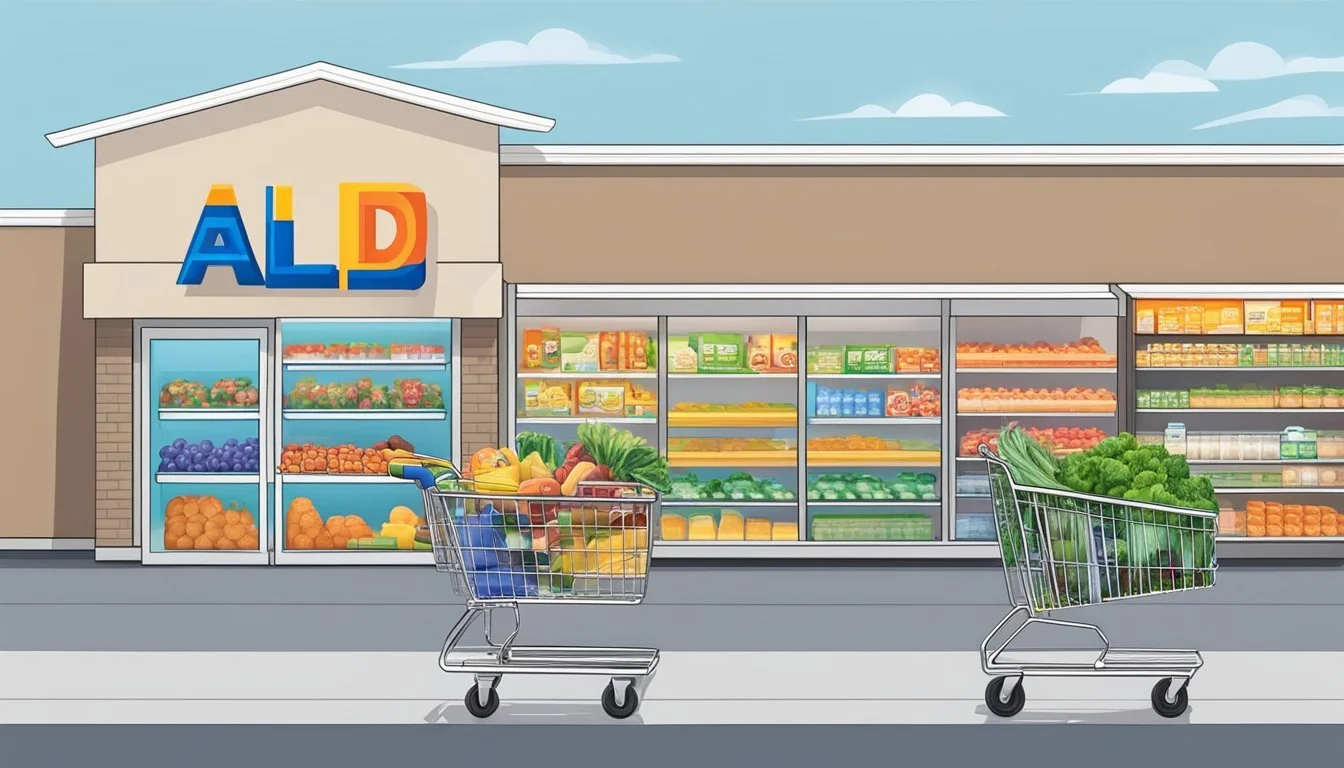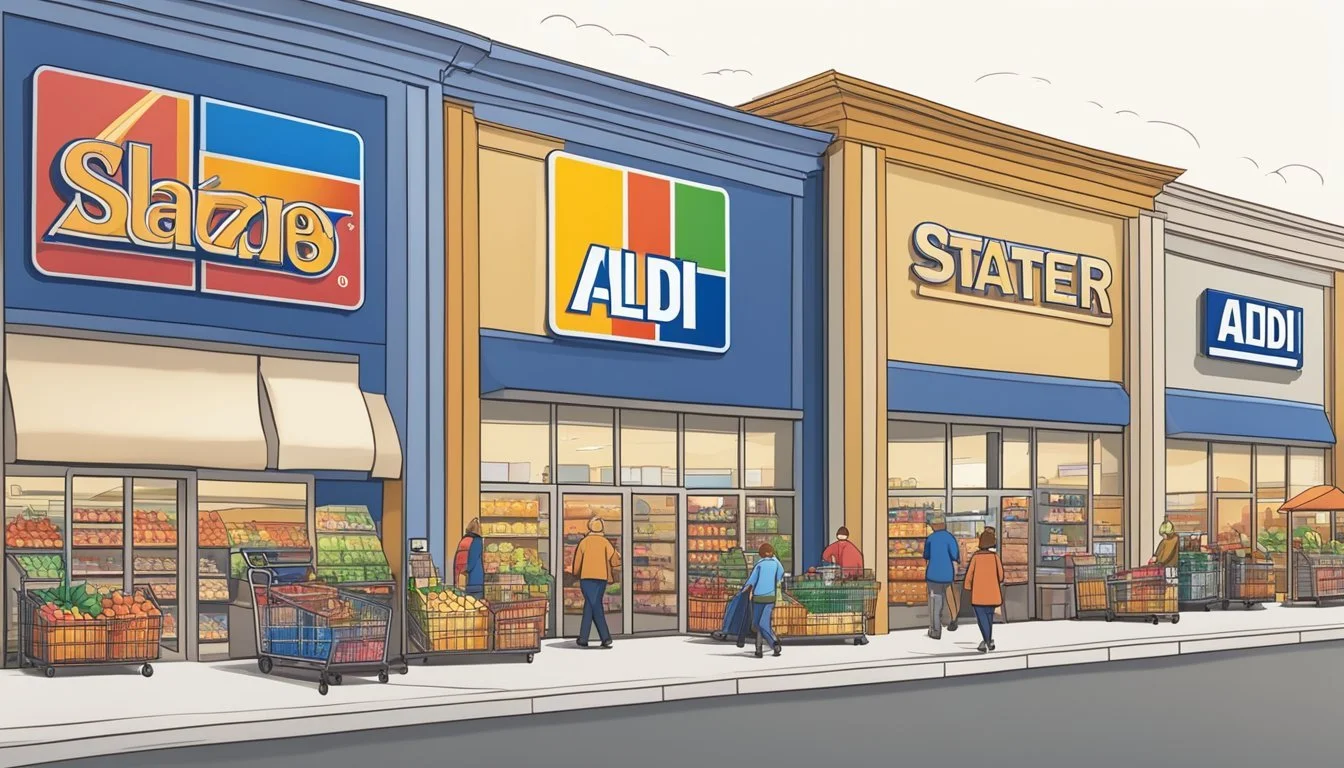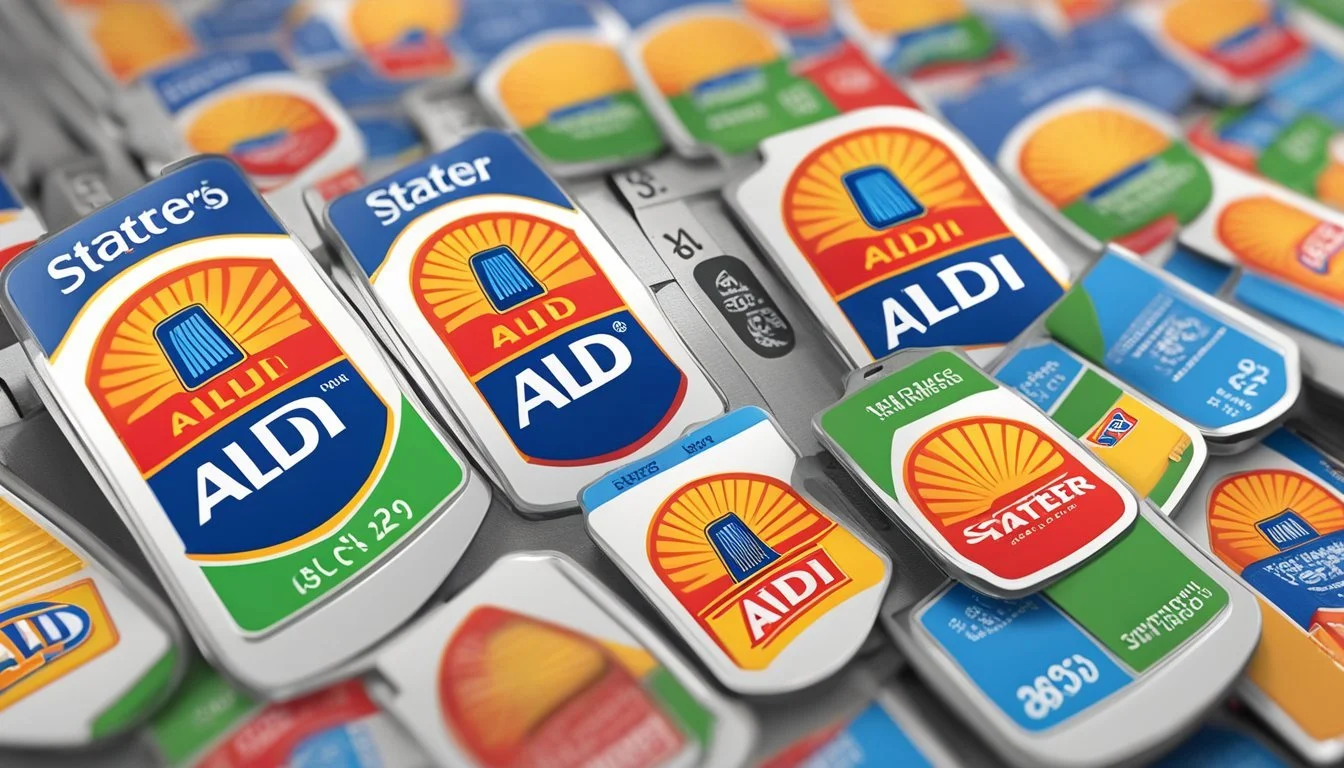Is Aldi Cheaper Than Stater Bros. Markets?
A Price Comparison Analysis
Aldi has gained a reputation for offering low prices on groceries across the United States. With over 2,000 stores in 39 states, this German-based discount chain has become a popular choice for budget-conscious shoppers. Stater Bros. Markets, a regional grocery chain primarily operating in Southern California, also aims to provide competitive prices to its customers.
Aldi generally offers lower prices than Stater Bros. Markets on most grocery items. This price difference can be attributed to Aldi's efficient business model, which includes limited store hours, fewer brand options, and a streamlined shopping experience. These cost-saving measures allow Aldi to pass savings on to customers.
Shoppers looking to save money on their grocery bills may find significant benefits by choosing Aldi over Stater Bros. Markets. However, individual preferences, product availability, and store locations can also play a role in determining which retailer best meets a customer's needs. Comparing prices on specific items between the two stores can help shoppers make informed decisions about where to purchase their groceries.
Understanding Grocery Pricing
Grocery pricing involves complex factors that affect how much consumers pay at different stores. Location and retailer strategies play key roles in determining prices.
Factors Influencing Price Differences
Retailers use various pricing strategies to attract customers. Aldi focuses on a limited selection of private-label products to keep costs low. Stater Bros. Markets may offer a wider range of brands and services.
Store size impacts overhead costs. Aldi's smaller format allows for lower operating expenses compared to larger supermarkets. This can translate to lower shelf prices.
Purchasing power affects wholesale costs. Larger chains often negotiate better deals with suppliers. However, Aldi's limited selection allows for bulk purchasing of fewer items.
Product quality and packaging influence prices. Some retailers prioritize premium offerings, while others focus on budget options. Comparing similar items across stores provides the most accurate price comparison.
Importance of Location
Geographic location significantly impacts grocery prices. Urban areas typically have higher real estate and labor costs, which can drive up prices. Rural locations may have lower operating expenses.
Local competition affects pricing strategies. Areas with multiple grocery options often see more competitive pricing. Stores may adjust prices based on nearby competitors.
Transportation costs vary by region. Distant locations from distribution centers can increase product costs. This affects rural stores more than urban locations.
State and local taxes differ, impacting final prices. Some areas have higher sales taxes or specific grocery taxes. These variations can make identical items cost differently across locations.
Comparing Aldi and Stater Bros. Markets
Aldi and Stater Bros. Markets offer different approaches to grocery shopping. Their pricing strategies, product selections, and store experiences differ in key ways that impact shoppers' budgets and preferences.
Store Brand vs. Name Brand
Aldi focuses heavily on private label products, with over 90% of its inventory being store brands. This allows Aldi to offer lower prices on many items compared to name brands at other stores.
Stater Bros. Markets carries a mix of store brands and national brands. Their store brands are generally priced lower than name brands but may not reach Aldi's rock-bottom prices.
Aldi's streamlined selection often beats Stater Bros. on price for comparable items. However, shoppers loyal to specific name brands may prefer Stater Bros.' wider selection of familiar products.
Product Variety and Availability
Aldi stocks around 1,400 core items in a typical store. This limited assortment allows for efficiency but means less variety than full-service grocers.
Stater Bros. offers a much broader product range, with 40,000-50,000 items in an average store. Shoppers can find more specialty products, fresh bakery items, and prepared foods at Stater Bros.
Aldi rotates in special buys and seasonal items weekly. Stater Bros. maintains a consistent selection year-round with some seasonal additions.
Stater Bros. typically has longer operating hours and multiple checkout lanes. Aldi uses a leaner staffing model with limited hours and fewer checkouts to keep costs down.
Cost Analysis
Comparing prices between Aldi and Stater Bros. Markets reveals significant differences across common grocery categories. A detailed examination of specific items and overall basket costs provides insights into potential savings.
Breakdown by Common Grocery Items
Rice at Aldi typically costs 15-20% less than at Stater Bros. A 5-pound bag of long-grain white rice averages $3.49 at Aldi compared to $4.29 at Stater Bros. Beans show a similar trend, with a 1-pound bag of dry pinto beans priced at $1.29 at Aldi versus $1.59 at Stater Bros.
Cheese prices vary by type, but Aldi generally offers lower prices. An 8-ounce block of cheddar cheese costs $1.79 at Aldi, while Stater Bros. prices it at $2.29. Meat prices fluctuate, but Aldi's chicken breasts are often $2.19 per pound, compared to $2.49 at Stater Bros.
Produce prices are competitive at both stores. Bananas cost $0.44 per pound at Aldi and $0.49 at Stater Bros. A head of iceberg lettuce is priced at $1.29 at Aldi and $1.49 at Stater Bros.
Overall Basket Savings
A typical grocery basket containing staple items shows notable savings at Aldi. A basket with milk, eggs, bread, fruits, vegetables, and protein sources costs approximately $45 at Aldi compared to $55 at Stater Bros. This represents a 18% savings on the total basket.
Weekly grocery spending for a family of four averages $185 at Aldi versus $225 at Stater Bros. Over a year, this difference amounts to potential savings of $2,080 for Aldi shoppers.
Aldi's lower prices stem from its efficient operations, limited product selection, and focus on private-label brands. Stater Bros. offers a wider variety of national brands, which can increase overall costs.
Discounts and Deals
Both Aldi and Stater Bros. Markets offer ways for customers to save money on groceries. These include weekly specials and loyalty programs that provide additional discounts and rewards.
Weekly Specials
Aldi features "Aldi Finds," limited-time special buys on various products. These deals change weekly and often include significant discounts on seasonal items, household goods, and specialty foods. Aldi also offers "Weekly Fresh Meat Specials" with reduced prices on select cuts.
Stater Bros. Markets provides weekly ad circulars with discounts on a wide range of groceries. These specials typically run from Wednesday to Tuesday. The store also offers digital coupons that can be loaded onto customers' accounts for additional savings.
Loyalty Programs
Aldi does not have a traditional loyalty program. Instead, it focuses on maintaining consistently low prices across its stores.
Stater Bros. Markets offers a digital rewards program called "Stater Bros. Rewards." Members earn points on purchases, which can be redeemed for discounts on future shopping trips. The program also provides personalized coupons and exclusive deals based on shopping habits.
Digital coupons are available through the Stater Bros. app, allowing customers to save money without clipping paper coupons. These digital offers can be combined with in-store sales for maximum savings.
Shopping Experience
Aldi and Stater Bros. Markets offer distinct shopping experiences that reflect their business models and pricing strategies. The layout and checkout processes at each store impact customer convenience and operational efficiency.
Store Layout
Aldi embraces a no-frills approach with compact stores typically ranging from 10,000 to 12,000 square feet. Products are displayed in their original shipping boxes, reducing restocking time and labor costs. The limited selection focuses on essential items and private-label brands.
Stater Bros. Markets features a more traditional supermarket layout with larger stores averaging 45,000 square feet. Shoppers find a wider variety of products, including national brands and fresh departments like bakery and deli.
Aldi's streamlined design prioritizes efficiency, while Stater Bros. offers more categories and options. Aldi customers often bring their own bags and rent shopping carts for a quarter, promoting cost savings.
Checkout Efficiency
Aldi emphasizes speed at checkout. Cashiers scan items quickly, and multiple barcodes on packaging facilitate this process. Customers bag their own groceries at a separate counter, keeping lines moving swiftly.
Stater Bros. employs a conventional checkout system with baggers. While this provides a full-service experience, it may result in longer wait times during peak hours.
Aldi's approach reduces labor costs and checkout times. Stater Bros. offers a more familiar experience but may require more staff to maintain efficiency. Both stores strive to balance customer service with operational costs.
Consumer Strategies for Savings
Smart shopping tactics can significantly reduce grocery expenses. Savvy consumers employ various methods to maximize their savings at stores like Aldi and Stater Bros. Markets.
Effectiveness of Bulk Purchases
Buying in bulk often leads to substantial savings. Pantry items with long shelf lives are ideal for bulk purchases. Rice, pasta, and canned goods can be stored for extended periods. Comparing unit prices is crucial when evaluating bulk deals. Not all bulk options offer better value, so careful analysis is necessary.
Bulk buying works best for frequently used items. Perishables require caution to avoid waste. Freezing bulk meats or produce can extend their usability. Some stores offer bulk bin sections for dry goods, allowing customers to buy precise amounts.
Planning and Budgeting
Creating a meal plan is a cornerstone of budget-friendly shopping. This practice reduces impulse purchases and food waste. A well-crafted shopping list keeps consumers focused on necessities. Adhering to the list helps avoid unplanned spending.
Setting a grocery budget creates a spending framework. Tracking expenses helps identify areas for potential savings. Cost-cutting strategies include choosing store brands over name brands. Comparing prices between stores can yield significant savings over time.
Seasonal shopping takes advantage of lower prices during peak harvest times. Stocking up on sale items for future use stretches the food budget further. Planning meals around weekly specials maximizes savings opportunities.
Retailer Profiles
Aldi and Stater Bros. Markets employ distinct business models and brand identities that shape their pricing strategies and customer experiences. These approaches influence how each retailer positions itself in the competitive grocery market.
Aldi's Business Model
Aldi operates on a no-frills discount model. The German-founded chain focuses on offering private label products, which make up about 90% of its inventory. This strategy allows Aldi to negotiate lower prices with suppliers and pass savings to customers.
Aldi stores are smaller than traditional supermarkets, typically 10,000-11,000 square feet. The compact layout reduces overhead costs. Products are often displayed in their shipping boxes to minimize stocking time.
The retailer carries a limited assortment of items, usually around 1,400 SKUs compared to 30,000+ in conventional grocery stores. This curated selection streamlines operations and inventory management.
Stater Bros. Markets' Brand Identity
Stater Bros. Markets positions itself as a full-service regional supermarket chain. Founded in 1936, it has deep roots in Southern California communities. The company emphasizes customer service and a wide product range.
Stater Bros. offers a mix of national brands, private labels, and local products. This diverse selection caters to various customer preferences and price points. The chain's private label line, Stater Bros. Brand, provides value alternatives to name brands.
Store sizes average 44,000 square feet, allowing for broader product offerings and specialty departments. Stater Bros. invests in full-service meat counters and bakeries, differentiating itself from discount competitors.
The company's slogan, "Where You Always Get More... For Less!" reflects its focus on value and quality. Stater Bros. aims to balance competitive pricing with a more traditional grocery shopping experience.
Geographic Price Considerations
Aldi and Stater Bros. Markets adjust their prices based on location and local economic factors. These regional variations can significantly impact which store offers better value in different areas.
Regional Cost Variations
Aldi's pricing strategy aims for consistency across regions, but some differences exist. In New York, Aldi prices may be slightly higher due to increased operational costs. Long Island shoppers might find Aldi more competitive compared to local chains.
Stater Bros. Markets, primarily located in Southern California, faces different regional pressures. Their prices reflect local competition and supply chain costs specific to the West Coast.
Both chains factor in regional wage differences, real estate costs, and transportation expenses when setting prices. This can lead to noticeable price gaps between stores in different states or even cities within the same state.
Urban vs. Suburban Pricing
Urban locations for both Aldi and Stater Bros. often have higher prices than their suburban counterparts. This is due to increased rent, labor costs, and logistical challenges in city centers.
Aldi's compact store format allows them to operate efficiently in urban areas, potentially offering better prices than larger chains in these locations. Suburban Aldi stores may have even lower prices due to reduced overhead.
Stater Bros. Markets, with larger store formats, may struggle to match Aldi's urban pricing but could be more competitive in suburban areas where space is less of a premium.
Shoppers in different areas should compare local prices, as the cost advantage can shift between chains based on specific store locations.
Complementary Products and Services
Aldi and Stater Bros. Markets offer more than just groceries to enhance customer value and convenience. Their non-food items and in-store services provide additional options for shoppers.
Non-Grocery Items
Aldi's "Aisle of Shame" features an ever-changing selection of home goods, clothing, and seasonal items at competitive prices. Shoppers can find kitchen gadgets, bedding, garden tools, and more. These products often sell out quickly due to limited stock.
Stater Bros. Markets carries a smaller range of non-grocery items. Their selection typically includes basic household essentials like cleaning supplies, paper products, and personal care items. The focus remains primarily on groceries.
Both stores offer reusable shopping bags for purchase. Aldi's bags are usually cheaper and come in various sizes and designs. Stater Bros. provides standard reusable bags at checkout.
In-Store Services
Aldi keeps services minimal to maintain low prices. They offer coin-operated cart rentals and efficient checkout processes. Cashiers scan items quickly and customers bag their own groceries.
Stater Bros. provides more traditional services. Many locations have in-store pharmacies, floral departments, and full-service delis. Some stores feature Western Union services and Coinstar machines.
Both chains prioritize fresh produce quality. Aldi rotates stock frequently and offers a "Double Guarantee" on fresh items. Stater Bros. emphasizes locally sourced produce when possible.


